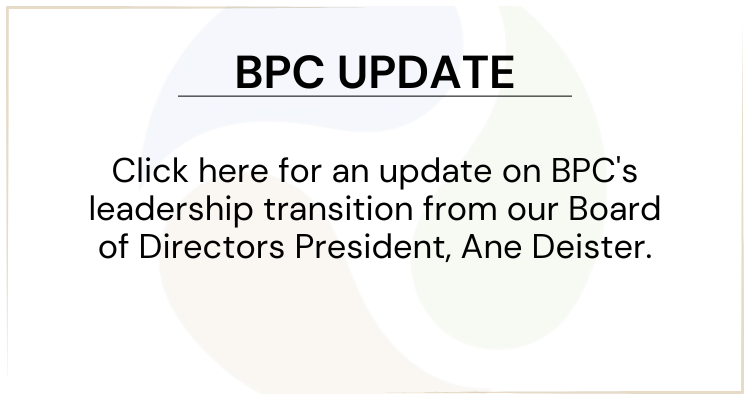Bank of the West US Outlook Report for June 3, 2016
The mixed picture of U.S. economic growth continued this week and the May jobs number was more than disappointing. April construction spending plunged on weaker public and non-residential construction activity, while regional manufacturing purchasing managers’ indexes and the national ISM manufacturing index remained moribund in May. In the end, however, firming personal spending in April largely offset the bad news coming from construction and manufacturing sectors, laying the ground-cover for the Federal Reserve to hike interest rates another quarter percentage point by the September FOMC meeting. Overall we see the economic outlook as half-full rather than half-empty today.
Economic surprises have turned neutral in recent days. Bloomberg’s U.S. Economic Surprise Index is around zero today, an improvement from a month ago when economic surprises were generally on the negative side. A positive number on this index indicates economic data is generally coming in above consensus expectations, while a negative number means economic data is generally missing consensus expectations.
U.S. construction spending fell 1.8% in the month of April, the worst monthly drop for total construction spending since January 2011. It was fueled by large monthly declines in nearly all categories of construction; private and public. Total public construction spending fell 2.8%, while total private construction spending dropped 1.5%.
According the Federal Reserve’s latest Senior Loan Officer Survey, banks tightened lending standards and terms around commercial real estate loans in the first quarter. Concerns around global overcapacity in manufacturing and declining profits are impacting industrial lending terms. Multi-family lending terms have tightened in some cities where over-building is becoming a concern, and retail lending terms are being impacted as e-commerce steals more and more market share from brick and mortar retailers.
It is too early to panic about the April construction spending drop. Construction spending can be very volatile month-to-month and it’s not unusual for a plunge one month to be followed by a sharp jump the next. Moreover, the less volatile 3-month moving average on total construction spending remains in expansion territory.
On a year ago basis, total construction spending is still up 4.5%. Residential construction remains the bright-spot- up a healthy 8.0% from a year ago. Non-residential construction is up a more modest 3.4% from a year ago, while public construction spending was the weakest up only 1.2% from last year at this time. Bottom-line, don’t count-out continued construction spending growth in the months ahead, even though the pace of non-residential and public construction spending growth could continue to lag private residential construction spending.
More importantly, the slump in construction spending in April is a mere smudge on the economy’s performance in the second quarter compared to the huge improvement in real consumer spending growth on the month. Real consumer spending increased at a sizzling 8.0% rate on an annualized basis in April. This better than expected increase pushed up our tracking estimate of real consumer spending growth in the second quarter to 3.5% and kept our real GDP growth estimate for Q2 at 2.3% despite the plunge in construction spending.
Add in rebound in job growth before September and the Fed has a green light for one more rate hike before the November election. Now we just need to get past the June 23rd Brexit vote in one piece.
To learn more, check out this week’s US Outlook Report.
Tags: economy, employment, united states, US outlook
